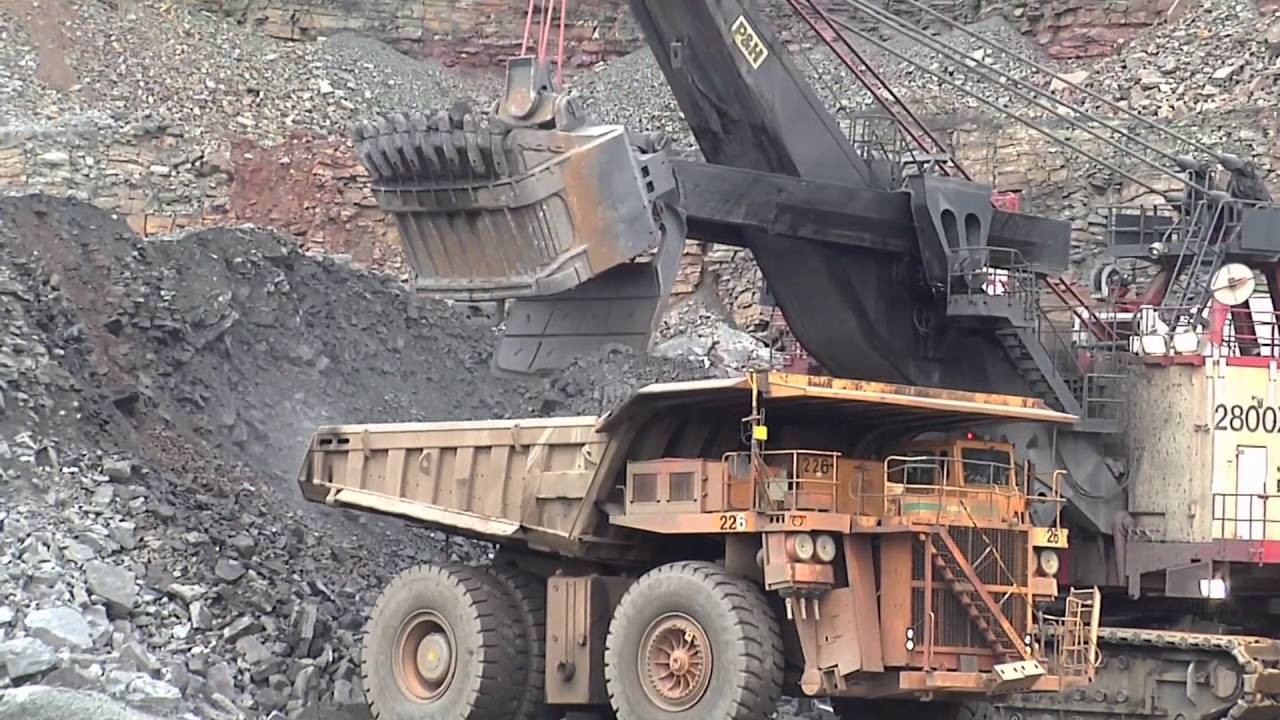Iron mining supports industrial growth. Steel production needs iron ore as its main raw material, which drives building projects and industrial operations. Producing iron ore from its raw state requires multiple essential steps. Every production stage works together to produce iron that matches both quality expectations and industrial demands. Learning about iron mining and processing shows you why it matters to worldwide industries.
Iron Ore Deposits and Their Geological Formation
Geological processes take millions of years to produce iron ore. When mineral-rich rocks interact with oxygen and water, they produce iron-bearing minerals that accumulate over time. Magnetite, hematite, limonite, and siderite make up the basic deposit types of iron ore. Magnetite (Fe₃O₄) stands out as a top-quality iron ore because it exhibits powerful magnetic responses. Hematite (Fe₂O₃) is the main iron ore type used for steel production and exists in large amounts throughout the world. Limonite FeO(OH).nH₂O holds water in its structure, which reduces its direct processing efficiency. Refiners process siderite (FeCO₃) to produce industrial-grade iron despite its lower iron content. Australia, Brazil, Canada, and China make most of the world’s steel by extracting iron ore.
Extraction of Iron Ore: Mining Techniques and Methods
The mining industry extracts iron ore through both open-pit and underground excavation methods. Open-pit mining remains the main method for removing minerals from the earth. The mining process starts by taking off the top soil layers to find hidden ore deposits. The extraction process works well for mining, but it ends up causing damage to land and soil quality. Miners use this method to access buried ore deposits. Specialists make underground passageways and digging platforms to find ore. Breaking rocks with drill tools and explosions helps miners extract and transport raw ore materials to processing facilities.
Crushing and Screening – The Initial Step in Iron Ore Processing
After extraction, iron ore must be broken down through crushing and screening steps; this initial treatment gets the ore ready for additional processing steps. Jaw crushers in primary crushing break large rocks into smaller pieces. After primary crushing, cone crushers transform the ore material into finer particles in the secondary and tertiary processes. Different-sized materials go through screening to reach uniform particle sizes. The closed-circuit crushing system makes production more efficient by returning oversized pieces to crushing equipment. This production system helps you boost productivity and keeps suitable materials size moving forward.
Grinding and Size Reduction of Iron Ore
Grinding transforms iron ore into its refined state. The process creates particles of a specific size that are needed for additional manufacturing steps. Different types of milling machines, like ball mills, do this work. Ball mills smash ore with steel balls for crushing. The grinding process of ore relies on the material itself to act as its grinding mechanism. Classifiers keep all particles within specific size ranges to support effective beneficiation operations. Fine grinding makes iron ore more valuable by creating an extra surface area for better removal of unwanted materials.
Beneficiation: Enhancing the Quality of Iron Ore
By reducing the amount of unwanted materials from iron ore through Beneficiation, you can enhance its quality. You need to separate unwanted materials from raw ore at this stage. Magnetic separation represents a standard method that pulls out iron-rich minerals through magnetic attraction. Magnetite ores respond effectively to this treatment method. The iron ore is also processed through flotation and gravity separation to separate lighter non-iron materials from denser iron particles. This processing method improves iron quality by boosting iron concentration in steel manufacturing. Better quality ore makes blast furnaces operate faster and more efficiently while saving energy and producing more product.
Drying and Final Processing of Iron Ore
Following beneficiation, iron processing requires drying to remove the remaining water. Dewatering lowers transportation expenses and makes ore handling easier. To match product specifications, industrial dryers eliminate water from iron ore. The processed ore is then placed in a specific storage area before it moves to manufacturing locations. A good storage system protects the raw materials from outside elements and maintains their quality. The final quality checks consist of chemical tests and particle size measurements, which verify that your production meets industry standards.
Conclusion
Different steps in iron ore processing work together to create high-quality final products. Each step, from creation to extraction, contributes to the final product’s quality. Technological advancements increase mining output while keeping operations environmentally friendly. Your understanding of ore mining helps you see how iron production supports international businesses. Refined iron ore serves as the basic material for building infrastructure systems and making products needed for today’s growth.

